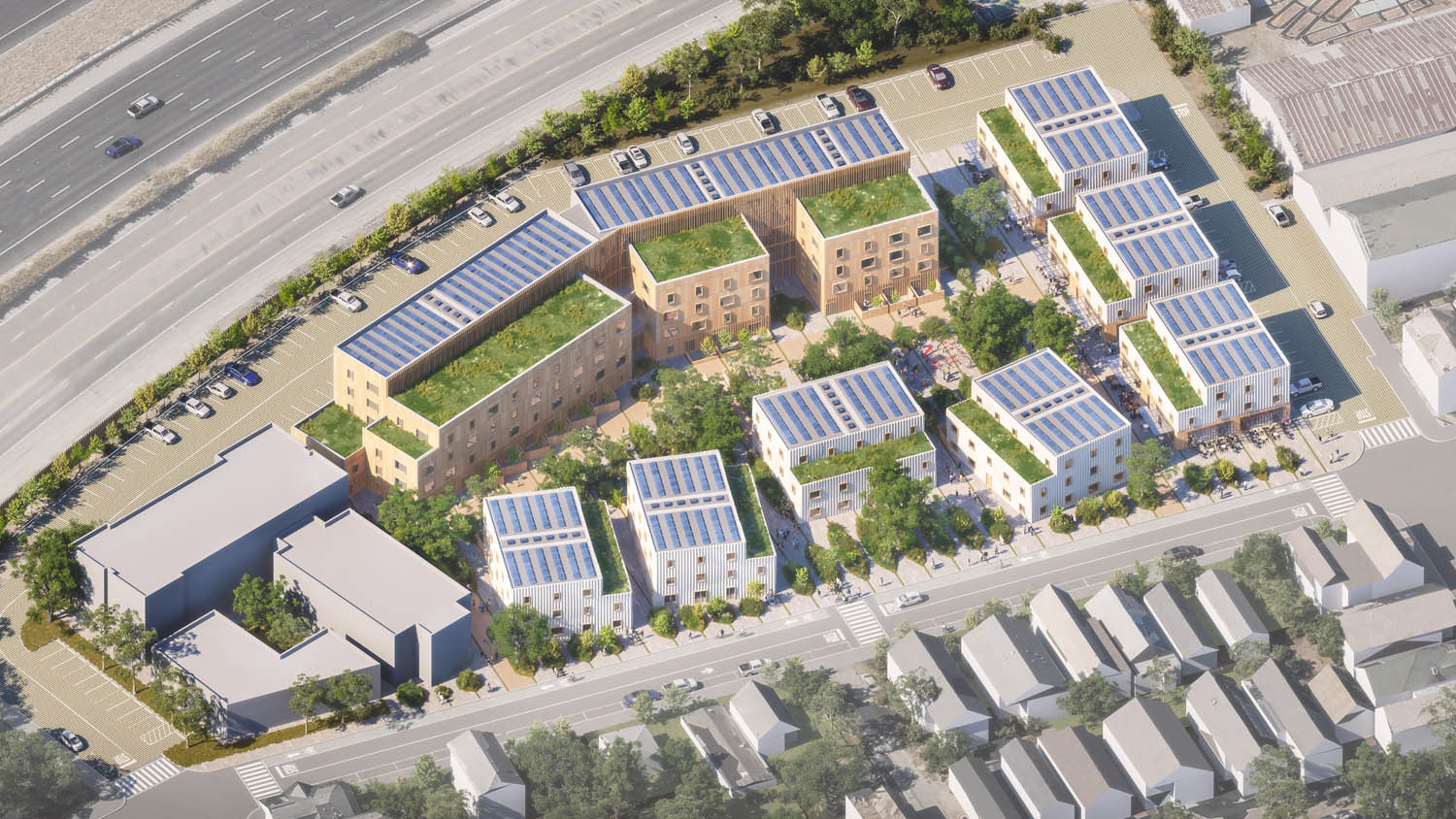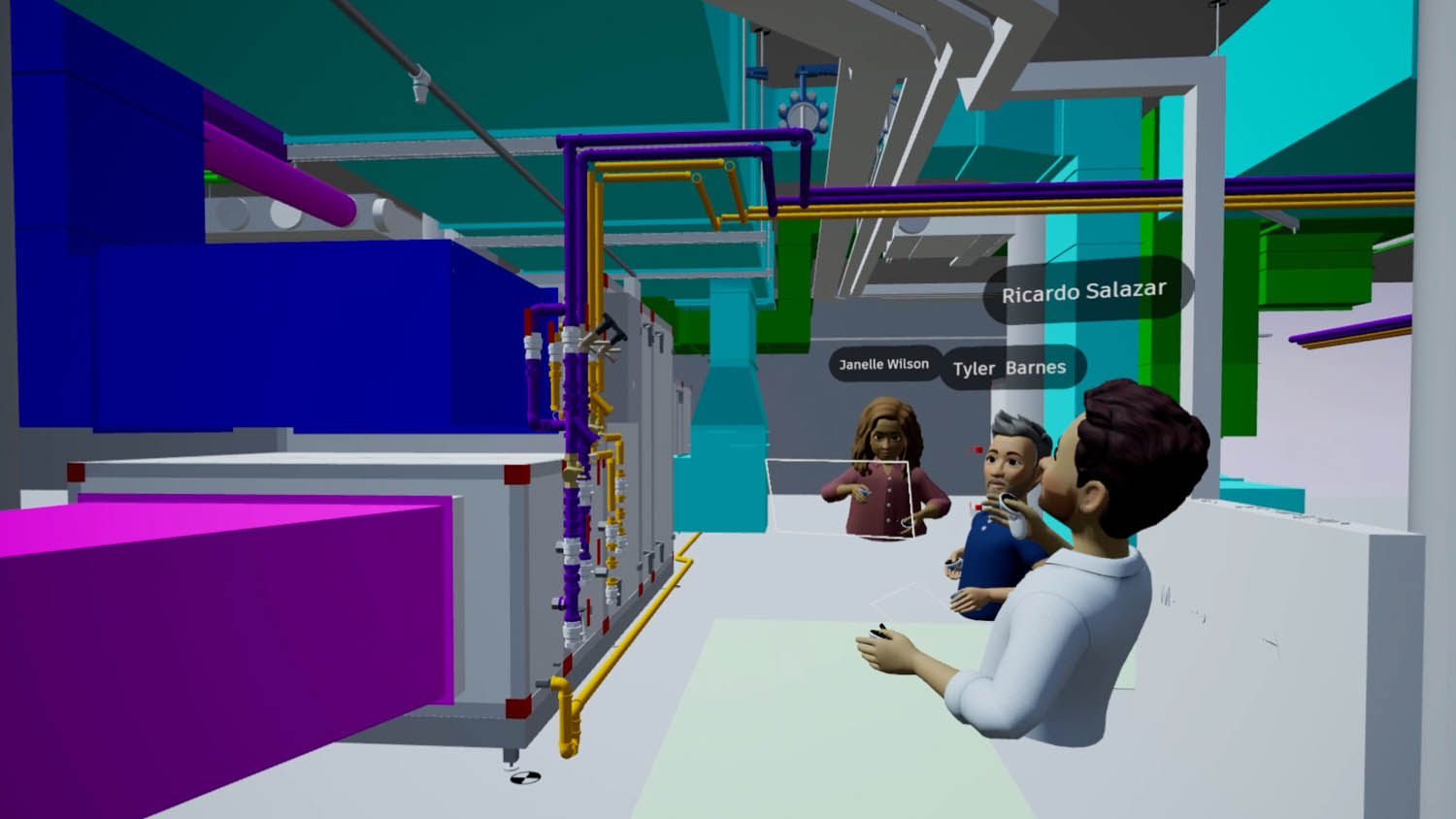By Nicolas Mangon, Vice President, AEC Industry Strategy, Autodesk
Twenty-five years ago, as a young engineer in France, I bought a one-way ticket to San Francisco because I wanted to work for Autodesk, a company that I believed was building technology to change the world. At the time it was AutoCAD 14.
Fast forward to today and the architecture, engineering, construction and operations (AECO) industry continues to adapt to new technology and increasing demands. Computer-aided design made you faster. Building information modelling (BIM) let you work in centralised 3D models that made you more collaborative, efficient, and precise. Connecting BIM to the cloud made you more coordinated, less wasteful, and more productive.
And yet, the AECO industry faces a predicament. The global population is growing and shifting rapidly and the demand for new and more sustainable buildings and infrastructure is soaring.
The world needs you now more than ever—yet your projects are increasingly complex, and your systems can’t quite flex enough to manage it all. You’re swimming in data, but you can’t dive into it deep enough or early enough in the process to surface the small but important insights, and the big ideas, that will truly transform your businesses.
BIM revolutionised the AECO industry, but silos remain. Data locked in proprietary files prevents project teams from seamlessly sharing it and leaves much of its value untapped.
It’s time for the next paradigm shift: a better, faster, more decisive way of working—one that’s based in the cloud and powered by data and artificial intelligence (AI).
We call it outcome-based BIM, and it complements your model-based approach. It lets you focus on outcomes like building performance, efficiency, cost, sustainability, and impact on surroundings—from the very beginning of a project.
Outcome-based BIM built on data and AI
We’ve heard you ask for a better way to ensure connected outcomes across the entire asset lifecycle, across industries, and across different people and teams. So, we’re rethinking the way data is stored, shared, and secured in the cloud.
We’re breaking down files and putting the data in one location, Autodesk Docs, the AEC data repository. It’s open, secure, and accessible. The data will be granular at the object level, so every piece of data will have the same currency whether it’s a door, a window, or a pipe.
The data will be decoupled from applications and files, free to move from application to application, team to team, or phase to phase. We’re connecting all our existing and future applications to Autodesk Docs to access the data. And we’ll pull in real world knowledge like site context, existing conditions, environmental data, supply chain information, and more. By bringing all these factors together in a single source of truth, we are fuelling AI with data to give you an additional way of working: outcome-based BIM.
Outcome-based BIM lets you approach the design process by thinking of the outcomes for the project first. For instance, ask yourself “how will this project meet the needs of its users, community and environment?” Using outcome-based BIM you can design a building to meet complex, competing criteria like sustainability goals, project cost, time to deliver, habitability, and more. This can only be done with the power of AI.
Some of our most exciting innovations in BIM are powered by AI. At Autodesk University 2023, our annual Design and Make conference, we announced Autodesk AI, with capabilities embedded across the Autodesk portfolio and new capabilities in constant development. These powerful tools automate repetitive tasks, analyse data for useful insights, and augment human design and engineering.
Autodesk AI unlocks creativity, helps solve problems, and eliminates non-productive work across the industries that design and make the world around us. We’re already leveraging AI in Autodesk Forma, AutoCAD, InfoDrainage, Construction IQ, and more.
A new way of working
Autodesk Forma, the AECO industry cloud, is realising outcome-based BIM. With Forma, data will become your most precious resource, and Autodesk AI will help you to squeeze every ounce of value from it.
Last May, we launched the first set of AI-based capabilities on Forma, bringing informed decision making to the planning and conceptual design phase. Forma allows you to analyse wind and noise impacts around a building concept with near real-time results. A process that would normally take 45 minutes or longer happens in one-tenth of a second. That’s breakthrough productivity and the definition of digital acceleration.
Now imagine applying those AI-powered gains across every workflow from design to operations. Your teams will no longer toil over manual data calculations. They’ll be released to focus on big-picture problems and creative solutions—the ones that will profoundly change our world. Just like the multidisciplinary team working on The Phoenix, a 316-unit, affordable housing project in Oakland, Calif.

The Phoenix project team took a new approach to affordable housing: industrialised construction powered by outcome-based BIM and assisted by AI. Using Autodesk’s design and make solutions to tap into AI-powered insights, the multi-disciplinary team made data-informed trade-offs between goals for operational carbon, embodied carbon, cost, and liveability. www.autodesk.com/solutions/design-and-make-platform
When complete, The Phoenix will be about half the cost, time, and carbon footprint of a typical multi-family home in the San Francisco Bay Area. Those incredible outcomes are only possible with a new approach to data, collaboration, and design.
Innovating and expanding the BIM environment
Outcome-based BIM, like what’s being used to design and build The Phoenix, must consider the full universe of technology and data you use. Outcome-based BIM is not a replacement for model-based BIM; it complements it.
That’s why we are building Forma to be open and extensible, with our Forma API already fueling interoperability between Forma and Rhino and Forma and Revit. We’re also working with leading AEC software brands like Trimble and Nemetschek to explore ways to improve collaboration, information sharing, and efficiency across Autodesk solutions.
We’re embracing openness because it offers so many advantages. You can customise the workflows you need for your business. You can make the most of every piece of data you create–no matter where it originates–by making it accessible to the team members who will benefit from it–no matter what tools they use. This single source of truth can use data to carry learnings from one school, bridge, or tunnel to the next.
Having an open platform also means we can connect our existing tools, like Revit, and new tools like Autodesk Workshop XR and Autodesk Tandem to expand the ecosystem from design to build through ownership.

Autodesk Workshop XR is a new immersive design review workspace that connects directly to Autodesk Docs so you can load models with no prep, enabling teams to track and resolve issues and catch errors before they make it to construction. Workshop XR’s breakthrough capabilities enable your teams to review 3D models and data together in a real-time extended reality experience. Whether you’re in the dynamic virtual workshop or a BIM model, you can collaborate at 1:1 scale to see how design decisions will translate to human feel in the built environment.
For owners and facility managers, we will soon integrate bi-directional connections into Autodesk Tandem, our digital twin solution. We’re calling this future capability Tandem Connect. With Tandem Connect, you can easily create integrations, even if you don’t know how to code, because there’s a rich library of plug-ins for existing systems. Once connected, you can quickly identify problematic building components and run simulations of potential solutions.
Imagine being able to run your project reviews within a full immersive experience bringing together the real-world context data with your project. Or creating a digital twin of a metro station that uses IoT data to send maintenance alerts. These kinds of capabilities are only possible when data is free from files and broken down into logical granular elements.
We live in a complex world that requires nuanced solutions. At Autodesk, we’re drawing on our 40 years of experience working with you to reimagine how you plan, design, build, and operate buildings and infrastructure. And we’re challenging our peers to work in new ways, too, through an open ecosystem and partnerships that put you—our customers—at the centre. We’ll only succeed by joining our expertise with your years of experience delivering projects, creating designs, and solving problems.
We’ll lead the way with data and AI. And we invite everyone to come along with us, as we enable innovators everywhere to design and make a better world for all.
Main image caption: Autodesk Forma will provide a centralized workspace to connect all teams that design, build and operate the built environment.






